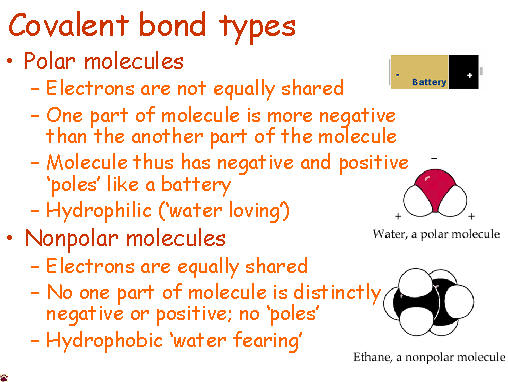Reaction Rates are affected by a few things. Without telling them the point, the students had a quick demo where they had to dissolve sugar cubes the fastest.
The things that speed up reactions are:
- Temperature - warmer is faster
- Surface Area - small pieces have more surface area
- Concentration - the more water, the faster sugar will dissolve
- Catalyst - lowers the activation energy and speeds up the reaction
- Agitation - shaking or stirring increases the frequency of collisions.













